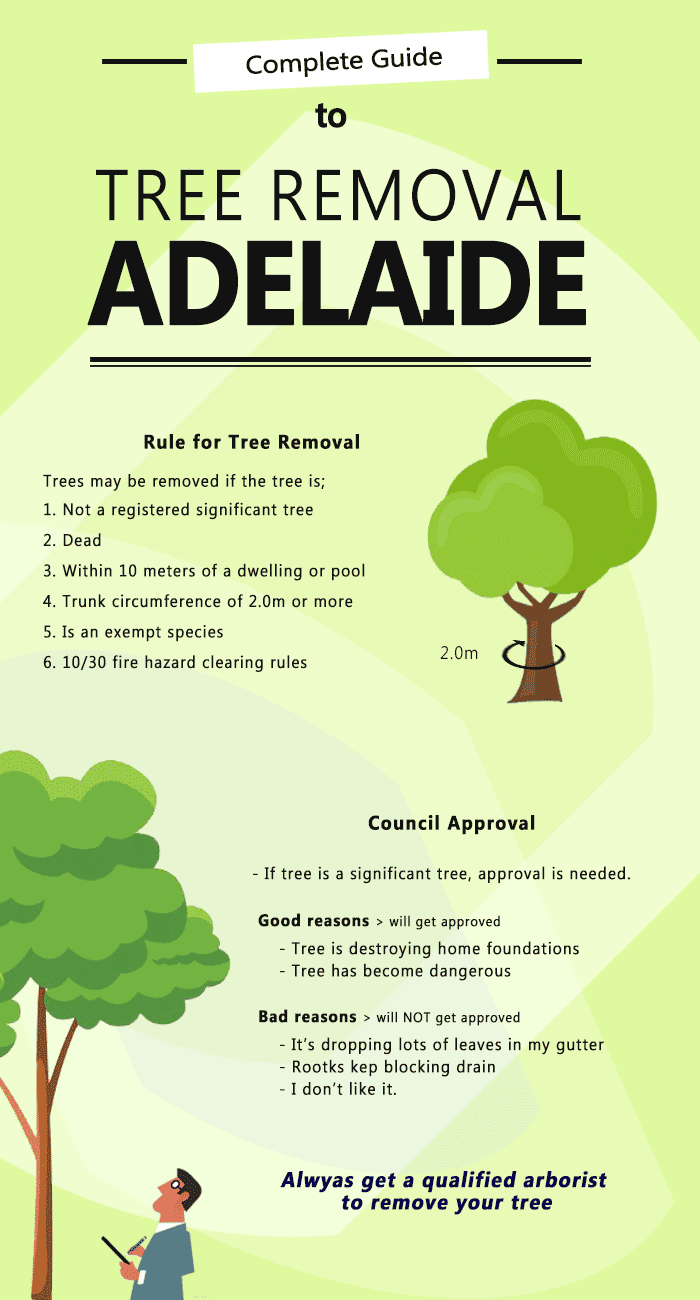Watch For Necessary Indications That Suggest Your Tree Might Be A Threat; Acknowledging These Can Assist Safeguard Your Home And Those You Care About.What Should You Keep An Eye On Following?
Watch For Necessary Indications That Suggest Your Tree Might Be A Threat; Acknowledging These Can Assist Safeguard Your Home And Those You Care About.What Should You Keep An Eye On Following?
Blog Article
Personnel Writer-Troelsen Hubbard
When it concerns tree care, recognizing the indicators that it's time for removal is essential for your security and building. You might notice stained fallen leaves, wilting branches, or odd fungal developments indicating health issue. website , like a considerable lean or cracks in the trunk, can also posture threats. Comprehending these warning signs can help you make informed choices concerning your trees and stop potential threats prowling in your yard. What should you search for following?
Signs of Decay and Disease
When you notice indications of degeneration and illness in your trees, it's crucial to act quickly. Prune Christmas Tree for stained leaves, wilting branches, or uncommon developments like fungus. These can suggest that your tree is struggling.
If you see splits in the bark or soft, mushy wood, these signs and symptoms recommend interior degeneration. Furthermore, an abrupt boost in pests around your tree can signify that it's weakened and at risk.
Look for go to this website of dead or dying limbs, as they present a risk to your building and safety and security. If you're uncertain about what you see, getting in touch with an arborist can give clarity.
Addressing these indications early can conserve you from extra comprehensive damages and guarantee the health of your yard. Do not wait up until it's far too late.
Structural Instability and Leaning
As you observe your trees, watch out for any type of signs of structural instability or leaning. If a tree leans substantially, it may show that the root system is endangered.
Search for any kind of splits in the trunk or dirt around the base; these can indicate prospective failure. Additionally, look for uncommon growth patterns, like an uneven crown, which may suggest that the tree is struggling to hold itself upright.
If you notice that the tree favors your home, power lines, or other structures, it postures a better threat. Do not neglect these indicators-- speak with an arborist to evaluate the circumstance.
Doing something about it early can avoid pricey damage and ensure your safety.
Dead or Perishing Branches and Foliage
If you discover dead or passing away branches and foliage on your tree, it's a clear indication that something's incorrect.
These unhealthy locations can suggest underlying problems like illness, bug invasions, or ecological tension. When branches shed their leaves or turn brownish, they're no more contributing to the tree's wellness. Ignoring these indications might cause more decline, making your tree much more hazardous.
Dead branches can conveniently break off during tornados, positioning a danger to residential property and individuals nearby. It's essential to analyze the degree of the damages.
If the problem affects a substantial part of the tree, take into consideration seeking advice from a professional. They can help determine if elimination is needed to guarantee security and keep the charm of your landscape.
Verdict
If you notice any signs of degeneration, architectural instability, or dead branches on your trees, don't overlook them. These signs can posture significant safety risks to you and your residential property. It's always best to speak with a specialist arborist that can give an expert analysis of your trees. Acting early can avoid mishaps and costly damages, ensuring your landscape stays secure and healthy. Remember, it's much better to be proactive concerning tree care than to await a calamity to occur.
